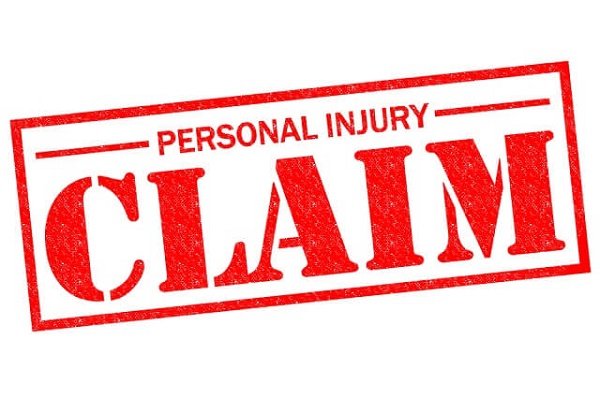
Free Consultation(203) 447-0000

Free Consultation(203) 447-0000

When you file a lawsuit, you have multiple damages you can seek. One of those categories includes pain and suffering. Depending on the circumstances of the case, pain and suffering damages might be a hefty portion of your compensation received. Therefore, it is important you understand what they are, their limitations, and when a case qualifies for it.
Pain and suffering are designed to reimburse you for losses stemming from your injury – but not your financial losses. Instead, it is a broader category of damages that focuses on physical pain, emotional suffering, and mental anguish. These injuries are not based on your word alone. Instead, it will require multiple forms of evidence to establish that you have valid pain and suffering losses.
When you file a claim for compensation, you have two general categories of damages: compensatory and non-compensatory damages.
Compensatory damages offset your financial losses. These are actual damages, including out-of-pocket expenses and claims paid by your insurer. Some common compensatory damages you may receive for an injury case include:
All these expenses are easily documented in court. You will have statements, explanation of benefits, and receipts for these losses. They are calculated by your attorney and hard for the defense to dispute.
Pain and suffering damages are awards given to you by the jury or negotiated in a settlement that cover physical pain, mental anguish, and emotional damages. You cannot document these with receipts or statements; instead, it is based on the severity of your injury and testimony from medical experts.
These damages are not the same as compensatory damages. They do not reimburse you financially for anything you have paid out-of-pocket. Instead, they aim to make you and your family whole again despite the injuries you suffered.
Courts might award pain and suffering for specific injury cases. Typically, if you suffer harm due to a defendant’s conduct, the court looks at the injury you sustained and the actions of the defendant to decide how much you should receive for your pain and suffering.
Common examples of cases where you would see pain and suffering damages awarded:
If the injury causes you emotional or physical pain, you qualify for pain and suffering. Also, phantom pain might apply if you suffered an amputation or serious nerve damage in your accident. You may request extra pain and suffering due to your long-term medication, rehabilitation, and mental therapy costs.
Most injury claims qualify for pain and suffering damages. If you have suffered an injury, you will have physical pain and mental anguish. As soon as you detect an injury, you should consult with an attorney. An attorney will help document your pain and suffering damages so that you can argue in court that you qualify.
In some cases, pain and suffering are not immediately apparent. You might still receive pain and suffering as long as you file a claim within the statute of limitations. For example, you are in a serious accident and you do not realize the long-term effects of the injury until a few months later. Only then do you consider filing a claim for your injuries – including pain and suffering. In this case, you are likely within the statute of limitations and can still qualify for compensation.
The amount t of compensation you can receive depends on the severity of your case, the strength of the evidence, and the state’s limitations.
An injury that you recover from will not yield as high of a pain and suffering settlement as an injury that affects you the rest of your life. Also, the severity of the injury plays a role. For example, a broken arm versus a shattered femur. A broken arm might take a few months to heal and require physical therapy. A shattered femur is likely to require multiple rounds of surgery, therapy, and could result in chronic long-term pain. In that case, the person with a broken femur would see a higher reward than someone with a broken arm that heals quickly.
Some states impose limits on how much pain and suffering you can receive. In Connecticut, there is no limit on pain and suffering damages and your pain and suffering damages are part of your non-economic damages. Therefore, the courts will not reduce the amount the jury awards you because of a statute.
To get the most compensation possible, your attorney must prove that your pain and suffering is genuine.
Some ways they might do this include:
Pain and suffering damages are highly subjective and often heavily scrutinized. Therefore, the more evidence the plaintiff presents, the easier it is to convince the court to pay adequate compensation for this category.
Any time you are filing a lawsuit, you should consult with an attorney. When filing a lawsuit that involves pain and suffering and the attorneys asks for information, you should:
Pain and suffering damages only apply in specific situations. Therefore, it is in your best interest to contact an attorney if you need to file a lawsuit for pain and suffering.
An attorney not only reviews your case and tells you if you qualify, but they will represent you in court and offer legal expertise. Furthermore, your attorney will assist you with filing motions, negotiating a settlement, and can take your case to court if necessary.
Do not attempt to negotiate pain and suffering damages on your own. Instead, contact an injury attorney.
Get started by contacting Berkowitz Hanna today for a no-obligation case evaluation. Call 866-479-7909 or contact us online.
Berkowitz Hanna
